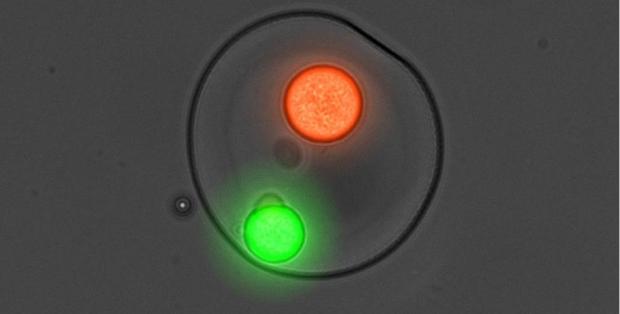
Getting started
Submitted by sven_ethz on
Well, here we go. This is my first blog experience ever, and I am happy that it is about synthetic biology. After all, this in my view is the most exciting scientific/engineering endeavor that I have come across in the last 10 years.
Why is that?
Because it brings together two of the elements of the scientific enterprise that keep me fully fascinated: On the one hand molecular biology - the idea that by studying and changing DNA you can learn about and change the activities of living cells to do something (even more) useful for you, such as producing chemicals, drugs, materials, or any other of a whole lot of other possibilities. On the other hand engineering – a highly advanced and structured process that tries to organize and optimize construction, traditionally of tangible things from buildings to computer motherboards and micro- and nanochannels, but increasingly also of biological structures - and I mean “structures” here in the most general way, including cells and tissues. Traditionally, these are two worlds apart. Our own experience in teaching suggests that (and of course I am generalizing here, so my apologies if you are one of the numerous exceptions) people who are into biology do not want to be bothered with mathematics, and people who are into engineering do not want to have to learn the million details in the “Cell” (B. Albert’s famous book on cell biology, which is so thick and heavy that you can also use it as a weapon) by heart. But in synthetic biology, these two worlds come together – or, at least they are approaching each other. The excitement that this interface has created in the biotechnology world is amazing. Synthetic biology is a remarkable success story, globally and also in Europe, where the topic was put on the map by the European commission in FP6 in 2004, and the most recent call for synbio projects (from the ERA-Net ERASynBio) generated more than 50 international project proposals.
The excitement is (I think) to a large extent triggered by the hope that there might be a way after all that makes this traditionally hard job of convincing cells to do what you want a little (or preferably a lot) easier and more predictable. That this inspiration would come from hard core engineering disciplines was unexpected, and in fact many people I talk to do not believe that engineering can make a sustainable impact, because “biology is just too complex” (see the size of Albert’s book). I disagree – and I am happy to be part of an organization (ETH Zurich) that undertook the considerable (financial) risk of following through with the idea of putting engineering and biology under one roof, into one building, into one university department, and into one teaching program. And more exciting programs keep emerging, see all the founding spirit at Imperial around CSynBI. I think these major efforts are crucial – they give us the necessary time and opportunity to find out whether synthetic biology can really work.
Great stuff. Lots to do. Let’s get started.
by Sven Panke

Comments
A very nice first blog (we wouldn't have guessed). Its really great to hear about the passion that you and others have for the field.
Keep up the good work!